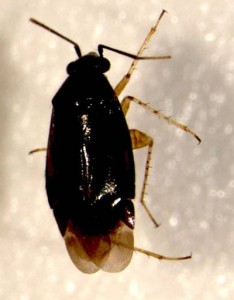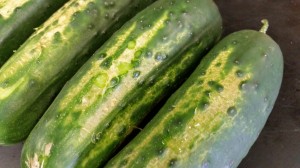Leaf blight in Dill as shown up in the past week in some areas of southern New Jersey.
Leaflets on plants will appear wilted, often on the lower portion of the plant first. Up close, irregular lesions will appear scattered over the leaflets, girdling them, causing them to look wilted.
There have been a couple fungal pathogens associated with causing dill leaf blight. Options for controlling foliar pathogens in dill are extremely limited. Growers can apply Quadris (azoxystrobin, 11) at 15.5 fl. oz/A (O day PHI) alone or tank mixed with fixed copper on a 7 day schedule. Conventional growers can also apply a disinfestant, such as Oxidate, after overhead irrigation. Organic growers can apply OMRI-approved copper products. Other OMRI-approved products for leaf blight control may help suppress the pathogen.
Only overhead irrigate on sunny days in the in AM or early afternoon so planting can dry out.


